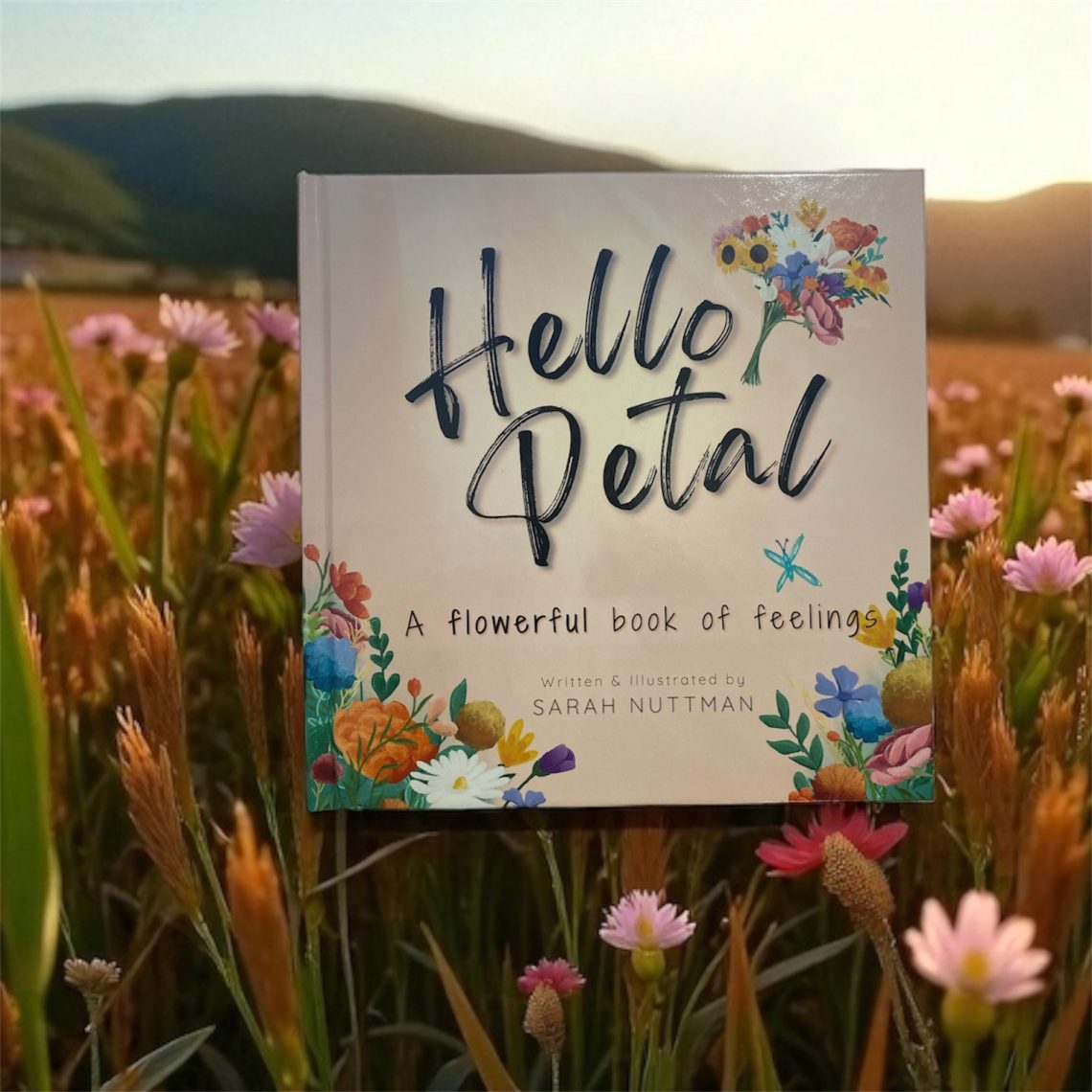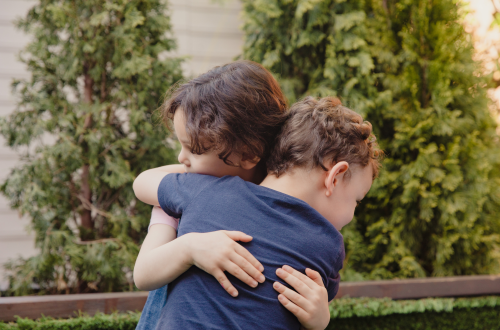
How Picture Books Teach More Than Just Words
The powerful role of illustration in early learning
When we think of picture books, we often think of storytelling, vocabulary, and language development. And that’s true — but it’s only part of the magic.
In truth, picture books do so much more than teach words.
They teach feelings.
They teach meaning.
They help children make sense of the world around them — visually, emotionally, and socially.
And at the heart of that?
🖌️ Illustration.
🌿 The Role of Illustration in Early Learning
Long before children can read, they can see.
And they can feel.
Illustrations in picture books become a child’s first language of story — one they can interpret before they can decode text. That makes illustration a key part of:
- Comprehension
- Emotional recognition
- Perspective-taking and empathy
When a child sees a character crying, they don’t need to read the word sad to understand. The curled-up body, the tears, the muted colours — those visuals tell the feeling.
Illustration bridges the gap between a child’s understanding and their expressive vocabulary.
💛 Supporting Emotion Recognition & Empathy
Books are one of the first places children encounter emotions outside their own bodies.
They watch characters feel, react, and resolve — and through that, they begin to map their own inner world.
In picture books:
- A frown isn’t just a drawing — it’s a feeling.
- A colour palette isn’t just aesthetic — it sets the emotional tone.
- A flower blooming, a sun setting, a stuffed animal being clutched tightly — these images do emotional work.
As psychologist and author Dr. Dan Siegel notes, children learn emotional regulation best through co-regulation and emotional mirroring.
Picture books offer both — with a safe emotional “mirror” on every page.
🧠 Comprehension Through Visual Storytelling
Young children are natural visual learners. According to early childhood literacy research, combining text with meaningful illustrations:
- Improves memory retention
- Aids story sequencing
- Enhances vocabulary comprehension [1]
This is especially important for neurodivergent children, English-language learners, and visual thinkers. The pictures aren’t decoration — they’re essential scaffolds for meaning.
🌸 Why This Matters to Me
As a self-taught illustrator and debut picture book creator, illustration wasn’t just part of Hello Petal — it was the heart of the story.
Each flower I painted wasn’t just botanical — it represented a feeling.
A moment.
A child’s experience of their inner world.
Some pages are bright and big and joyful. Others are quiet, tangled, and blue.
And children feel that — long before they may have the words to explain it.
That’s the real gift of illustration.
It makes feelings visible.
It makes stories felt.
📘 Want to see this in action?
Hello Petal is a gentle picture book where each flower represents a different emotion.
It’s a book designed to be read, felt, and talked about — not just once, but again and again as children grow in emotional understanding.
🌼 Available now for preorder
🎁 Comes with a free digital thank-you gift
📦 Use code LOCALPICKUP if you’re near the Adelaide Hills
🛒 Grab your copy here today
📚 Sources & Suggested Reading
- National Early Literacy Panel (2008). Developing Early Literacy. https://lincs.ed.gov/publications/pdf/NELPReport09.pdf
- Siegel, D. & Bryson, T. (2011). The Whole-Brain Child.
- National Center for Improving Literacy. https://improvingliteracy.org
- American Library Association. The Importance of Picture Books. https://www.ala.org





